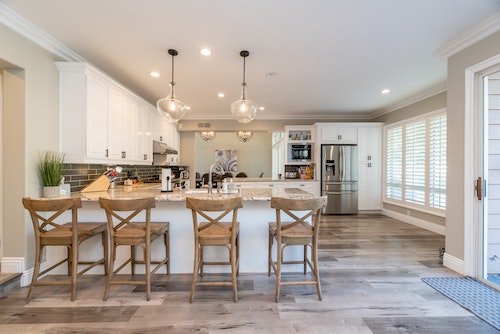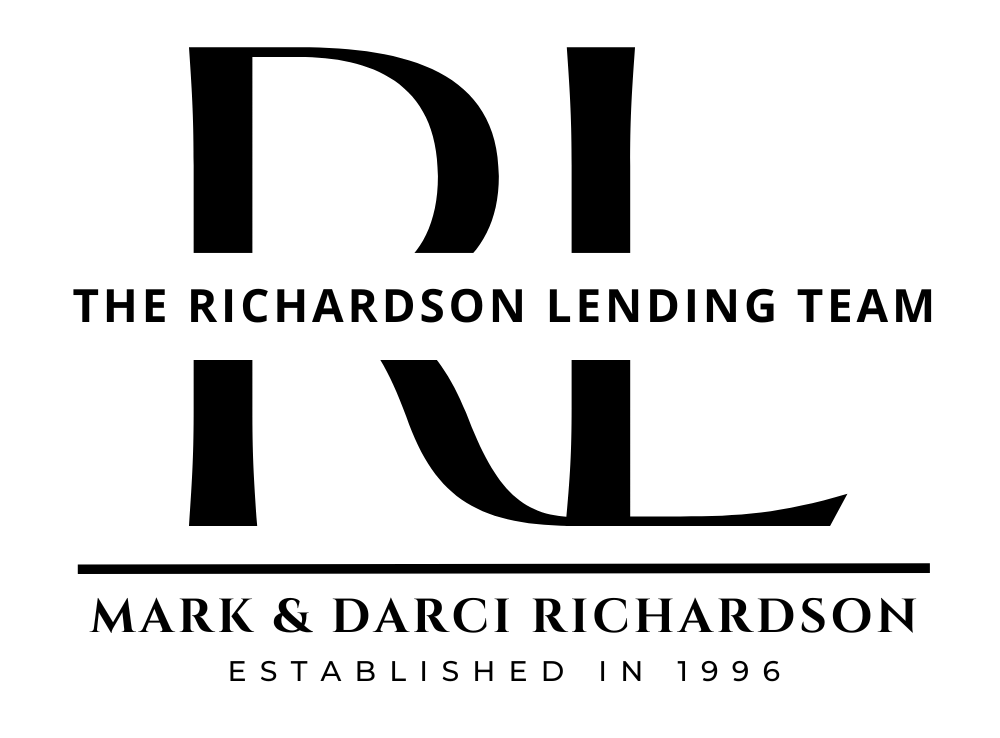Six Housing Market Trends for 2019

You may have seen headlines about the housing market slowing down, but what does that mean for you? Knowing what’s happening will ensure that you don’t miss the opportunity of your dreams.
There’s no crystal ball to look into, but it’s not hard to find trends already shaping the new year. We live in an interconnected world, and those news alerts on your phone will affect the housing market—even if they seem completely unrelated. Get ready for 2019 by reviewing six trends that experts think will move the housing market this year.
Interest Rate Hikes May Stall
Like any other industry, the health of the U.S. economy and stock market at large has a direct impact on the housing market. When the economy’s doing well, it can become easier to buy, sell, or get a loan for a home. Despite stock volatility at the end of 2018, the economy’s healthy by many key indicators.
When the economy is doing well, the Federal Reserve raises the benchmark interest rate, which indirectly increases interest rates across the board. That may seem counterproductive, and the stock market can react negatively to the increases, but the idea is to keep economic growth moving forward. For those looking at buying a home, it means new mortgages will get more expensive.
After several rate hikes in 2018, officials at the Federal Reserve now appear to be easing off rate hikes—at least in the immediate future. That’s good news for buyers. Last month, the Fed predicted two rate hikes in 2019, but more recently, the Fed’s former chair Janet Yellen said the Fed may not make those hikes after all.
Higher Mortgage Limits Could Increase Homebuying
Late last year, the Federal Housing Finance Agency decided to raise the maximum conforming loan limits in 2019—from $453,100 up to $484,350. Those limits are even higher if you’re buying in an expensive market, but the gist is that you can now get more money without having to get a jumbo loan, which makes life easier for both you and the bank.
Home Improvement Stores Should Grow
The easiest way to gauge nationwide housing market activity is right at your local strip mall. Stores like Home Depot and Lowe’s have become key indicators of all sorts of housing projects, since they’re popular with DIYers. When sales (and the companies’ stock prices) go up, it can mean more people are moving into homes and tweaking them to their tastes or launching remodeling projects that may increase their home’s value.
Construction stagnated in 2018, and Home Depot and Lowe’s ended the year on a lackluster financial note. But a CNN aggregation of expert opinions expects both Home Depot and Lowe’s stock to climb in 2019. That should help restore consumer confidence in the housing market as a whole.
As Interest Rates Rise, Home Equity Loans Could Spike
Instead of moving into a new home and getting a new mortgage, homeowners may decide to take out a home equity loan and renovate their current home instead. Those loans are borrowed against the value of your home. For example, if you’ve paid off $100,000 on your current mortgage, you can borrow some of that money—which may be used to remodel, redecorate, or whatever else you need cash for.
With interest rates trending upward, Mark Flemming, chief economist at First American, said he expects home equity loans to become more popular. That way, homeowners won’t lose the low interest rate they currently have on their mortgage. Experts at CoreLogic agreed, pointing out that people are staying in homes longer, which means those owners are gaining significant equity in many parts of the country.
Market Slowly Balancing Itself Out
One way to measure whether it’s a buyers’ market or a sellers’ market is months of supply. This is how long it would take, at the current selling pace, to sell all of the homes on the market. Six months’ worth of supply is considered a “balanced” market. Any less than that, and sellers reap benefits like high demand and quick sales. Any more, and buyers enjoy more options and more time to negotiate.
The U.S. supply is currently sitting just below four months, and that’s good news for sellers. If you’ve been following the housing market in recent years, this one’s nothing new. But the market has recently started creeping toward balance, and analysts expect that to continue in 2019, especially in markets that have been red-hot in recent years.
Home Construction Lull May Continue
2018 ended on a bad note for single-family home construction. Economists with the National Association of Home Builders (NAHB) blame the slowdown on a shortage of labor and a lack of lots to build on—in addition to governmental factors like regulations and new trade tariffs. A growing population depends on the construction of new homes, and when construction stalls (like it did toward the end of 2018), the market gets out of whack. This significantly impacts first-time homebuyers and lower-income families, whose price ranges can’t cover more lavish home purchases. NAHB expects construction stagnation to continue in 2019.
There’s also the impact of natural disasters to consider. Hurricanes and wildfires slow construction work and strain available labor. Where natural disasters strike, we can expect a construction lull to follow.
This is also bad news for home flippers. Put simply, there are less homes to flip. The outsized demand hikes prices for the homes that are available, which increases the risks of investment. Flippers and first-time buyers should keep tabs on construction activity, and single-family home construction in particular.
How are you feeling about 2019, and what trends will you be looking for? Which factors do you think will have the biggest impact on homebuyers and sellers? Share your thoughts in a comment below!
